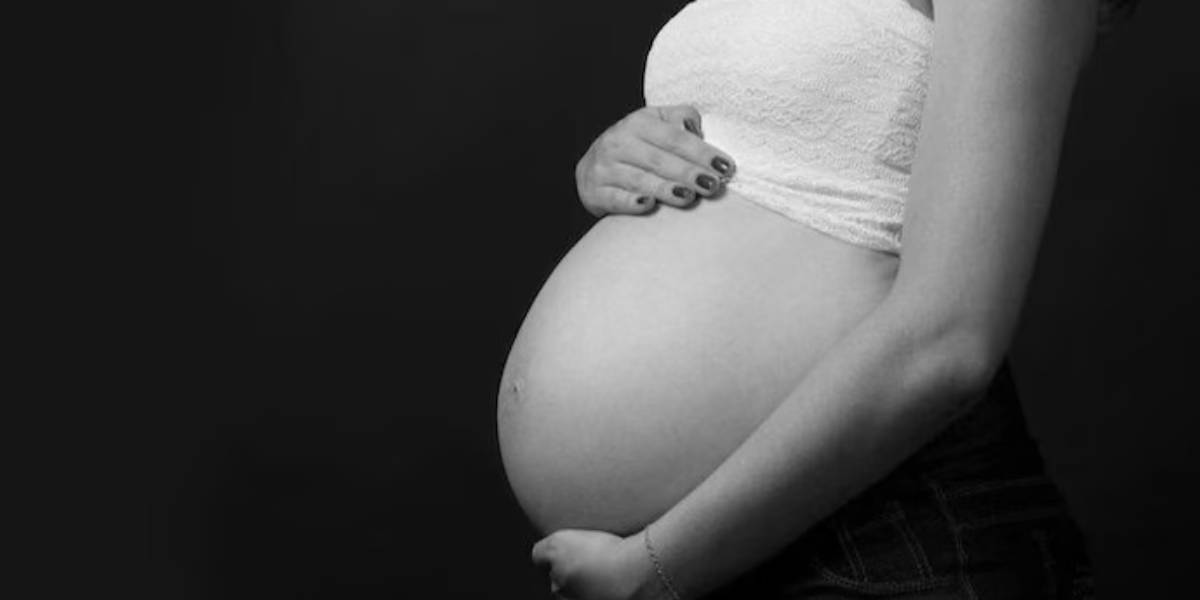An audit of 464 maternal deaths (April–December 2024) revealed 22% occurred in private hospitals, 65% in public facilities, with 10% during transit. 63% were linked to cesareans, 37% to normal births
Published Apr 05, 2025 | 7:00 AM ⚊ Updated Apr 05, 2025 | 7:00 AM

Pregnancy. Representative image.
Synopsis: In November 2024, five maternal deaths occurred at Ballari District Hospital following cesarean sections. An inquiry led by Dr. Savitha from BMCRI found endotoxins, possibly from intravenous Ringer Lactate, as the likely cause. Subsequently, the Karnataka government launched a statewide review of maternal deaths. Analysis of 464 deaths from April to December 2024 highlighted significant concerns, including delays in care and high cesarean-related mortality
In November 2024, Ballari District Hospital witnessed a concerning cluster of five maternal deaths, all following cesarean operations performed between the 9th and 11th of the month.
An inquiry led by an expert team from BMCRI, headed by Dr. Savitha, Medical Superintendent of Vani Vilas Hospital in Bengaluru, found that while there were no lapses in the pre-operative, intra-operative, or post-operative protocols, endotoxins were likely responsible for the deaths.
Additionally, intravenous Ringer Lactate, which had been frozen and unfrozen by Paschim Banga Pharmaceuticals, was found to have been issued to the hospital during this period.
Following the investigation, the Karnataka government ordered an extensive review of all maternal deaths in the state since April 2024.
The inquiry, chaired by the Director of the Health and Family Welfare Services (HFWS), includes a thorough audit of maternal deaths, involving district officials, doctors, and gynecologists.
The review includes in-depth case analyses, ANC (Antenatal Care) records, and interviews with the medical staff involved in the care of the deceased.
The audit of 464 maternal deaths from April to December 2024 revealed critical insights. Of these deaths, 22 percent occurred in private hospitals, while 65 percent took place in public health facilities.
A significant number (10 percent) occurred during transit, either from home to hospital or between hospitals, indicating delays in care. The analysis also found that 63 percent of the deaths were linked to cesarean operations, while 37 percent occurred after normal births.
The investigation revealed that 69 percent of maternal deaths involved women with one or more risk factors, such as hypertension, diabetes, anemia, or infections.
The findings suggest that addressing these risk factors early could prevent many maternal deaths. Furthermore, 70 percent of the deaths could have been prevented with timely and appropriate medical decisions, improved treatment protocols, better referral systems, and optimisation of cesarean rates.
Among the causes identified were improper management of hypertension, anemia, and other complications, with negligence by medical staff contributing to several deaths.
Notably, incidents of under-treatment, delayed referrals, and lack of proper resources at healthcare centers were highlighted.
Cases of poor management, including inadequate doses of medications and lack of blood availability, were pinpointed as contributing factors.
On 21 January, 2025, the Karnataka Health Department, led by Health Minister Dinesh Gundu Rao, announced the launch of a comprehensive maternal safety campaign called Maatrutva Suraksha Abhiyaan.
This initiative aims to improve maternal health and safety across the state, particularly focusing on high-risk pregnancies.
As part of the campaign, free health check-ups for pregnant women will be offered on the 9th and 24th of every month at state-run health facilities, ensuring regular monitoring and early identification of any complications.
Key Initiatives of the Maatrutva Suraksha Abhiyaan:
Through the Maatrutva Suraksha Abhiyaan, the Karnataka government is committed to ensuring that every pregnant woman has access to the care and support needed for a healthy pregnancy and safe childbirth.
The campaign aims to reduce maternal mortality and improve maternal health outcomes across the state.
(Edited by Ananya Rao)
